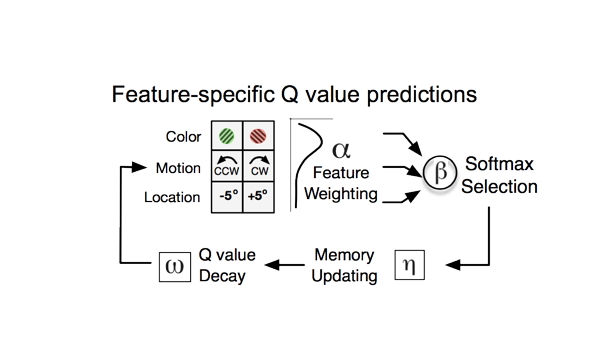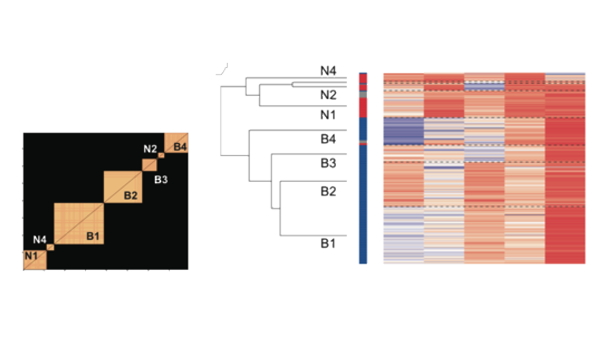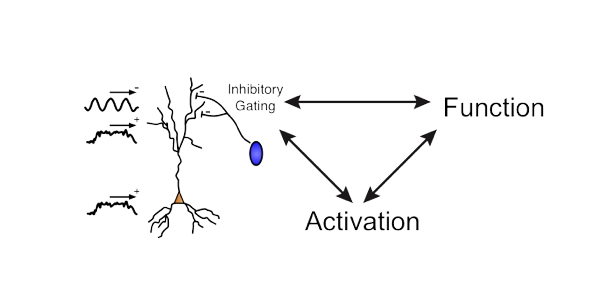Our new publication (Oemisch et al. (2018) Feature Specific Prediction Errors and Surprise across Macaque Fronto-Striatal Circuits during Attention and Learning) provides the first 4-brain-area survey of how prediction error information in the anterior cingulate – ventral striatum and lateral prefrontal – caudate fronto-striatal loops relate to feature-based attention and learning. We found prediction errors that encode the specific stimulus feature that was reward relevant. This coding took place with stimuli having multiple feature dimensions. Reporting that neurons track the specific reward relevant feature suggests an attractive solution of credit assignment through a distributed feature-specific eligibility trace enabling ‘goal-directed’ synaptic plasticity changes across the entire fronto-striatal network.







